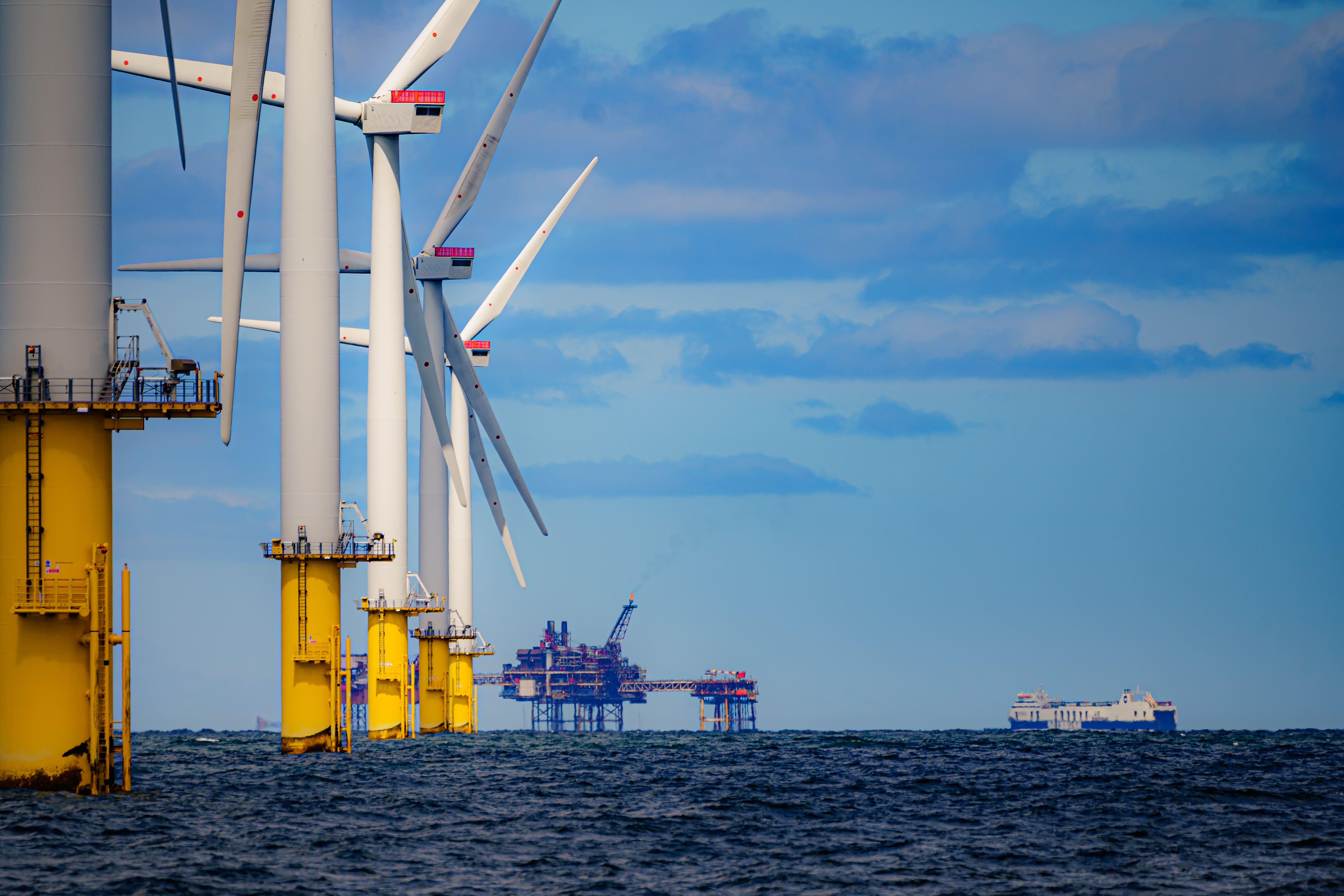Ofgem approves £3.4bn package for Scotland to England electricity cable
Such ‘electricity superhighways’ will be needed if the UK is to meet its wind power ambitions.

Your support helps us to tell the story
From reproductive rights to climate change to Big Tech, The Independent is on the ground when the story is developing. Whether it's investigating the financials of Elon Musk's pro-Trump PAC or producing our latest documentary, 'The A Word', which shines a light on the American women fighting for reproductive rights, we know how important it is to parse out the facts from the messaging.
At such a critical moment in US history, we need reporters on the ground. Your donation allows us to keep sending journalists to speak to both sides of the story.
The Independent is trusted by Americans across the entire political spectrum. And unlike many other quality news outlets, we choose not to lock Americans out of our reporting and analysis with paywalls. We believe quality journalism should be available to everyone, paid for by those who can afford it.
Your support makes all the difference.A project which will bring enough clean Scottish electricity to England to power around two million homes has been given the go-ahead from Ofgem for a £3.4 billion funding package.
The high voltage power cable – billed as an “electricity superhighway” – will connect Peterhead in Aberdeenshire to Drax in North Yorkshire when it is completed in 2029.
It is part of the efforts needed to ensure that not only are wind farms built but they are also connected to the towns and cities which need their electricity.
At the moment, what could be described as congestion on the grid means that wind farms that could be producing energy because it is windy have to shut down because there is not enough capacity to carry their power to places where it could be used.
Just because we’ve streamlined the approval process doesn’t mean we’re handing developers blank cheques
Because of the way that contracts with wind farms work, they are paid when they are asked to shut down because of such congestion.
So far in March, payments to wind farms that have been asked to shut down have totalled nearly £50 million, according to the UK Wind Curtailment Monitor, an online tool.
The new 500-kilometre cable will help reduce the time that wind farms have to shut down even when they can produce.
It is the second such project to win approval from Ofgem under a new fast-track programme designed to help the UK connect all the wind farms it plans to build over the years to come.
It follows approval for a £2 billion cable between East Lothian and County Durham, which was granted earlier this month.
There are 26 projects “identified as critical” if the UK is to meet the Government’s target of having 50 gigawatts of offshore wind by 2030.
If all of these are built “by their optimal delivery dates,” Ofgem expects consumers to benefit to the tune of £2.1 billion, in part because of the money saved by not having to pay wind farms to stand idle.
The 2 gigawatt cable approved on Wednesday will run mainly on the bottom of the North Sea, but around 70 kilometres of it will be buried underground.
A report from the Electricity Systems Operator, which runs the grid, last week claimed that £58 billion of additional grid investments would be needed in the first half of the 2030s.
It warned that while offshore and underground cables are less likely to run into local opposition from people worried their views will be ruined, they are considerably more expensive than the alternative.
Ofgem said that it had scrutinised the plans for the new cable closely and had forced the developers to cut £67 million from their costs. That cut would not impact the project delivery or quality, the regulator said.
This will save money for customers in the long run. Projects such as this are paid for initially by the developers but they recoup the cost from energy bills for businesses and households across the country.
“Just because we’ve streamlined the approval process doesn’t mean we’re handing developers blank cheques,” said Ofgem’s director of major projects Rebecca Barnett.
She said that the framework Ofgem uses “helps ensure consumers are protected from unnecessary costs and we make budget adjustments where we don’t see maximum efficiency and benefit for consumers”.
Ms Barnett added: “To ensure we meet future energy demand and achieve Government net zero targets we must speed up the expansion of the high voltage electricity network which connects consumers to homegrown energy.”